AAPI heritage destinations Alaska Airlines’ oneworld partners can take you to *someday*
Share
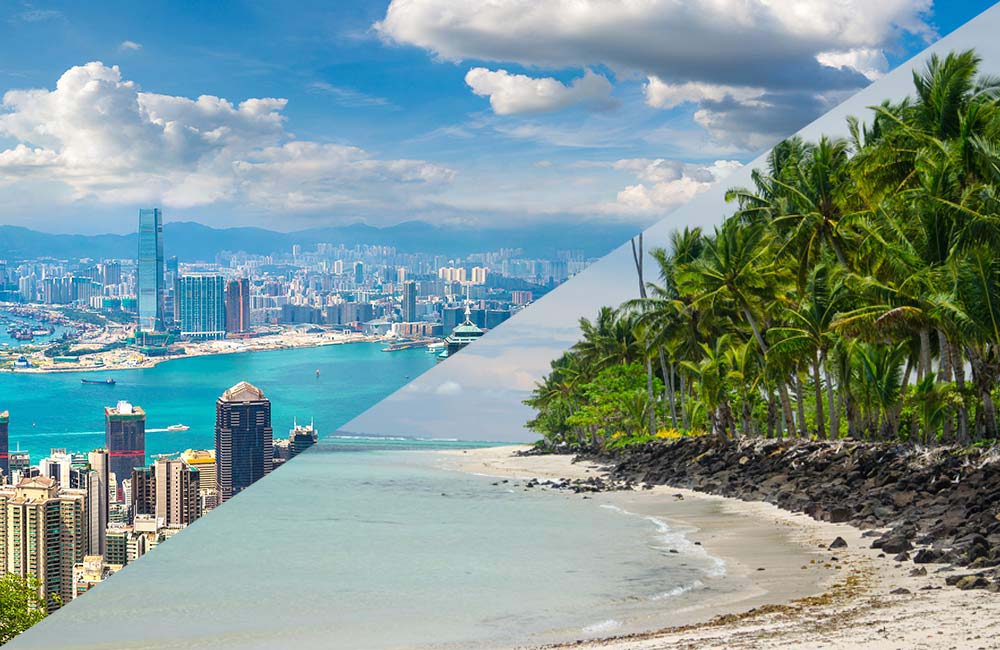
As parts of the world start to open up to international travel, knowing where you can fly and what you can do when you get there is key.
To celebrate Asian American & Pacific Islander Heritage Month, we’ve compiled a list of places you can fly to (when travel is permitted) on our oneworld airline partners and tips from our employees who are members of our Pan-Asian and Pacific Islander business resource groups.
Although the term AAPI generally refers to Asian Americans and Pacific Islanders, it’s important to know the rich heritage and diversity within it, especially before traveling to Asian and Pacific Islander destinations. Here’s a roundup of destinations you must add to your travel bucket list and cultural tips when you get there.
Asia
Although some capacity is picking back up in mainland China, overall, the travel industry in Asia is still looking forward to opening its borders to visitors. We expect more travel as people get vaccinated and the resurgent of coronavirus cases subside.
Here are airlines you can fly to Asia and earn/redeem Alaska miles with our oneworld alliance:
- American Airlines
- British Airways
- Cathay Pacific
- Japan Airlines
- Malaysia Airlines
- Qantas
- Royal Jordanian
- S7 Airlines
- SriLankan Airlines
- Fiji Airways
Culture note: Asian Americans may include persons having origins in any of the original people of Asia’s six major sub-regions: East, West, Central, Northern, Southeastern and North including, but not limited to: Indonesia, Cambodia, China, India, Japan, Korea, Malaysia, Pakistan, the Philippines, Thailand and Vietnam.
HONG KONG
oneworld partners to fly:

I grew up in Hong Kong, a pretty small place compared to the state of Washington, where I Iive now (165x smaller). Although I’ve been in the U.S. for a while, I miss everything about Hong Kong – especially the food. There are so many great layers to Hong Kong, and I’m sure you’ll find one you enjoy.
Visit during fall and winter instead of summer as it gets very hot and humid. I’d also suggest bringing a pair of comfortable walking shoes, as travel by foot is easy when used in conjunction with public transportation (known as the Mass Transit Railway, or MTR, in Hong Kong.)
Most people in Hong Kong understand and communicate in English – so try to explore the city on your own instead of joining a group tour. This way, you’ll have an opportunity to interact with the locals (who love visitors and may end up becoming your new friend!).
Mindful travel advice: You’ll notice that in Hong Kong, although we stand close to each other while talking, body contact should be avoided when you first meet someone. I also suggest that you do not point your index finger at someone, as it is considered rude, as it is in other countries around the world.
Common greeting in Hong Kong: Neih hou, (pronounced “nay hoe”), is Cantonese and means “How are you?”
JAPAN
oneworld partner to fly: Japan Airlines
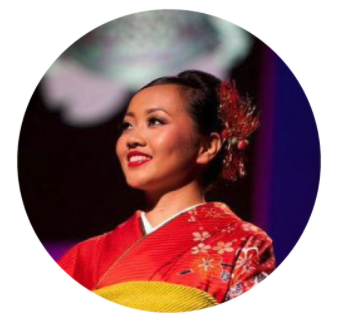
I am a Nisei, or second-generation Japanese American. What I love most about Japan is its unique diversity and distinctive culture – deeply rooted in traditions and blended with the latest innovations – Japan leaves you enchanted and wanting more.
Whether you’re a foodie, a trendsetter or eager to experience Japan’s pursuit of perfection through its beautiful traditions, there is something for everyone! From the moment you step off the plane, you will experience the art of omotenashi, or genuine hospitality and exceptional service that anticipates your every need. Immerse yourself in the rich culture by taking advantage of the JR Rail Pass to explore Japan at your own pace by train, or if you prefer flying, our oneworld partner Japan Airlines can connect you anywhere between Okinawa and Sapporo (and even Tokyo Disney!). Don’t forget to grab an ekiben (railway bento) to enjoy on the train!
Travel advice: When traveling around Japan, it’s super important to be mindful of others and don’t litter or talk loudly on the train. Tipping is not necessary and avoid standing your chopsticks in your food (it’s considered bad luck!).
Common greeting in Japan: Konnichiwa (pronounced “koh knee chi wah), is Japanese and typically means “hello” during a mid-day to early evening greeting.
Pacific Islands
Some Pacific Islands are open to travel, which is good news for people eager to find a vacation spot this summer, but don’t assume that everything is back to normal everywhere you go.
For example, the beautiful islands of French Polynesia, which include popular beach getaways like Tahiti and Bora Bora, reopened its borders to travelers arriving from the United States on May 1 who have been in the U.S. for at least 30 days prior to departure — but islands of Tahiti still have curfews in place until June 1.
Pacific Islanders may include persons having origins in any of the original people of Oceania’s three major sub-regions of Polynesia, Melanesia or Micronesia, including, but not limited to: Hawaii, Samoa, Guam, Palau, Papua New Guinea and Vanuatu.
oneworld partners that fly to Pacific Islands:
SAMOA, POLYNESIA
oneworld partner to fly: Fiji Airways
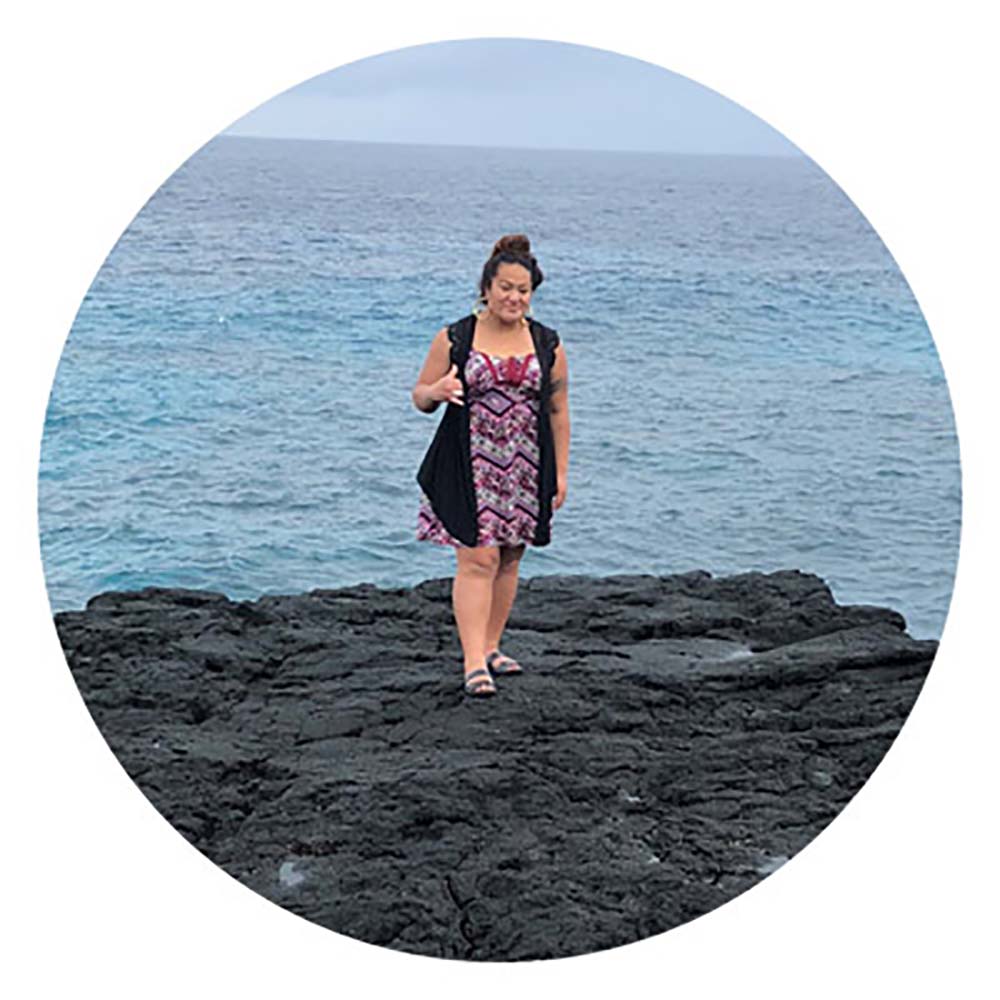
I was born and raised in Samoa – one of the main Samoan islands recognized as a United States territory, separate from the Independent Nation of Samoa. However, all of the Samoan archipelago is a tropical paradise.
Travel tip: A popular place to visit is the island of Aunu’u; it’s one of the smaller islands off the southeastern shore of Tutuila, American Samoa. There, I’d recommend visiting the marketplace where there’s all kinds of fresh fruits, local foods and souvenirs.
Mindful travel advice: Samoan culture is all about respect. When it comes to villages, there may be some restrictions; please be mindful of your behavior as local villages may be run by chiefs. Also, Samoans are modest people; I’d recommend covering up if you’re outside of a resort.
Common greeting in Samoa: Talofa, (pronounced “tah-low-fuh”), means ‘hello’, sometimes extended to ‘talofa lava’, which means ‘hello to you.’
GUAM, MICRONESIA
oneworld partner to fly: Japan Airlines
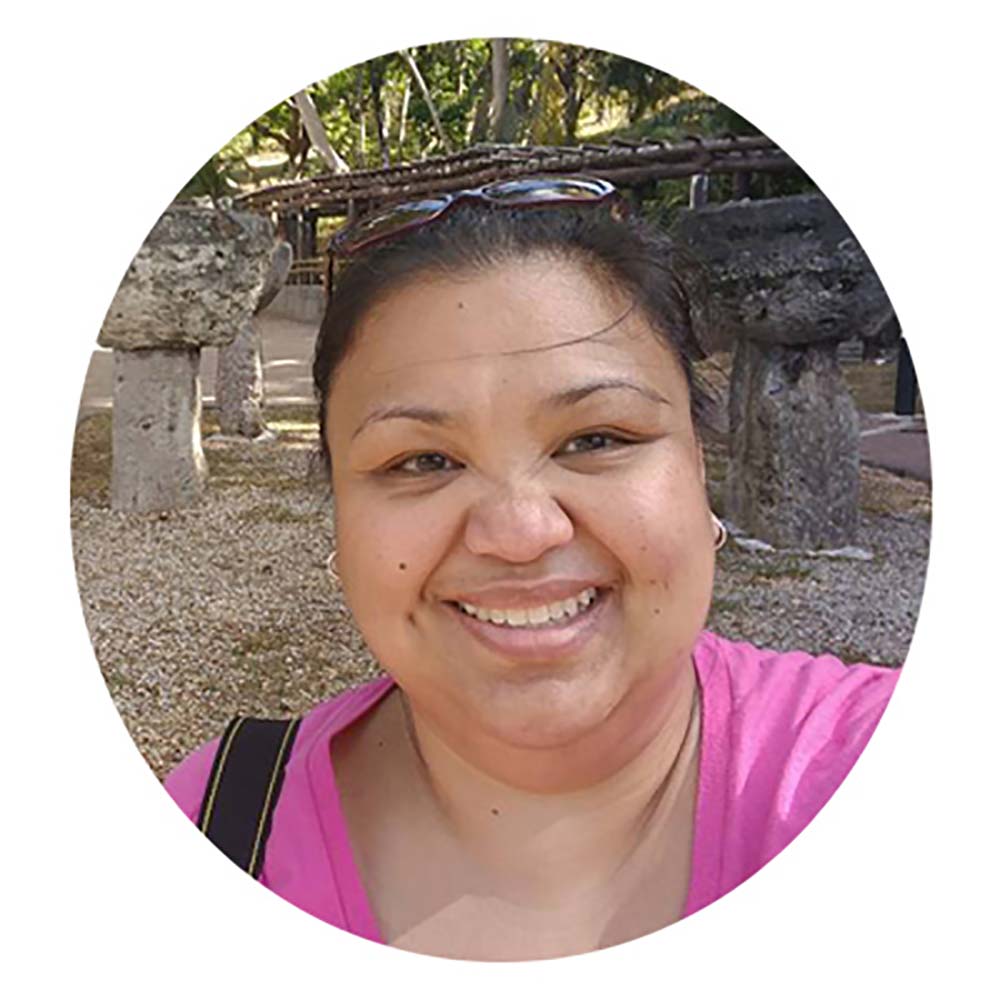
I grew up in Dededo, the second largest most populated villages in Guam. What I love most about Chamorro culture (indigenous people of the Mariana Islands including Guam) is the people. The feeling of warmth is everywhere – you are always welcome into someone’s home.
Travel tip: Head south, away from Tumon (the center of tourism activity), to try some mom-and-pop shops like: Buenas Market in Yona known for their many pickled foods or Chode’s Mart in Hagatna for titiyas (Chamorro tortillas). For hiking, I’d recommend Marbo Cave in Mangilao for the inside cave you can swim through, and Thousand Steps trail in Mangilao for a beautiful water view when you reach the bottom.
Mindful travel advice: Because hospitality is so embedded into the culture, wouldn’t suggest turning down food. Don’t be shy – eat as much as you want, and don’t hesitate to take food home if offered.
Common greeting in Guam: Hafa adai, (pronounced as “half a day”), which means hi or hello.
The history behind “AAPI”
What does AAPI mean and where did it come from? There are countless distinctions within AAPI communities, starting with geographical differences. The illustration below gives a general idea where Asian and Pacific Islander origins may stem.
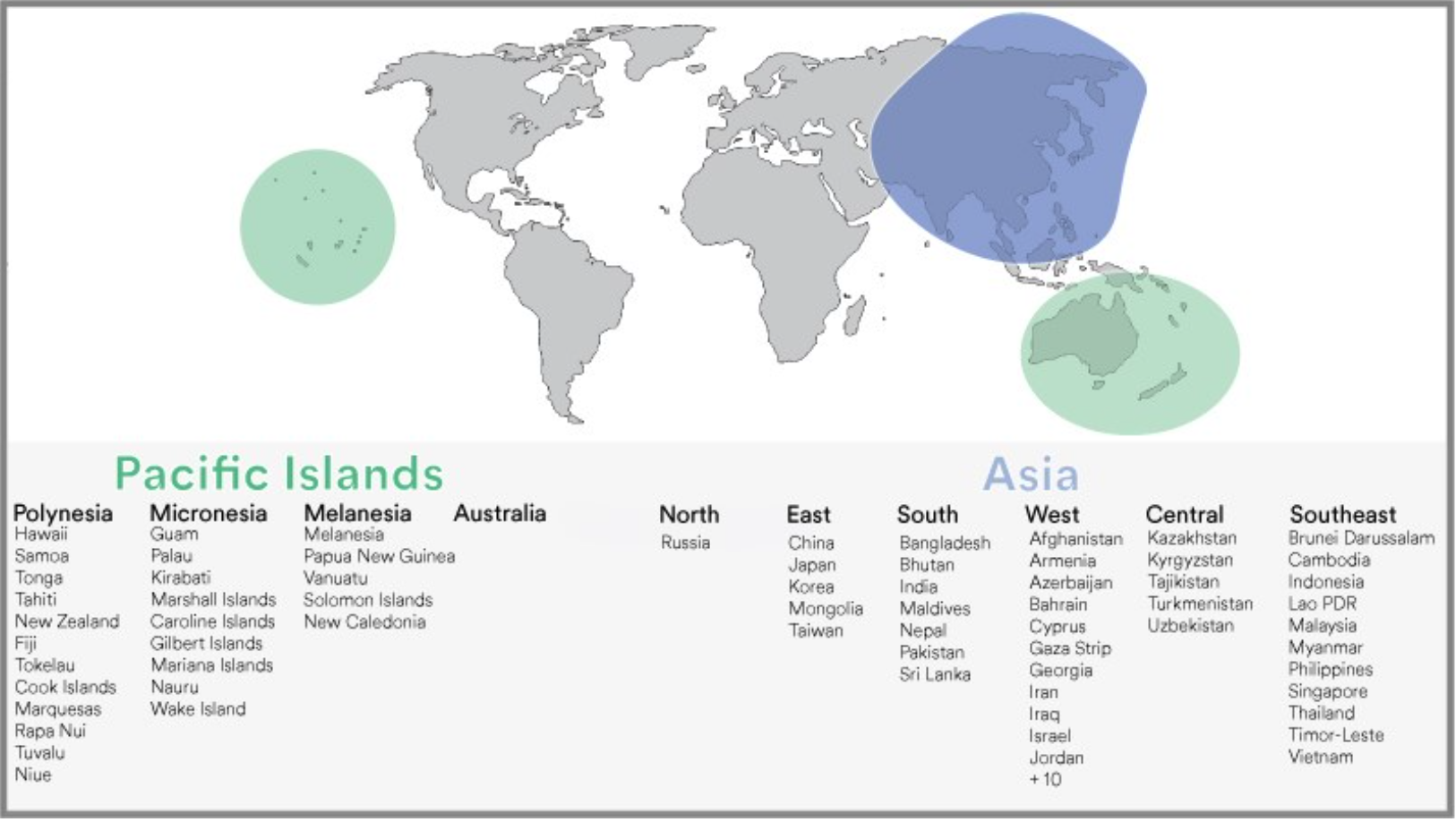
The catch-all term was initially created in the 1980s by the United States Census Bureau as a category for race when surveying population (deemed “Asian Pacific Islander,” or API.) Later in the 90s, the need to recognize the significant cultural and geographic differences between Asian from Pacific Islander then resulted in separating the two as racial categories, now recognized as “Asian” or “Native Hawaiian and Other Pacific Islander.” However, the old term ‘API’ stuck; today, this term has inadvertently embedded itself into the United States, often referred to as Asian Pacific Islander (API) or Asian American Pacific Islander (AAPI).
Whether or not you’re planning to travel to Asia or the Pacific Islands (although we hope you do!), we invite you to take a moment not just this month, but year-round to better understand the term AAPI, what it includes, acknowledging the differences between groups and how to appreciate them individually.
Learn more about AAPI month here and Alaska’s oneworld alliance.



